Have you ever wondered how to keep your drone performing at its best? Whether you’re a hobbyist capturing stunning aerial shots or a professional relying on drones for work, proper maintenance is crucial. Regular maintenance should be neglected to avoid unexpected breakdowns, poor performance, and expensive repairs. Understanding how to maintain a drone can ensure longevity and optimal functionality.
Maintaining a drone like the Skydio X10 Drone involves more than just occasional cleaning. It requires a comprehensive approach to keeping all components in excellent condition. From pre-flight checks to post-flight care, every step matters. Let’s explore five effective ways to maintain a drone, ensuring it stays in top shape for every flight.
Pre-Flight Inspection
A comprehensive pre-flight examination must be performed before each flight. This stage aids in finding possible problems that can impair the drone’s functionality or security. It is also better to know the laws of drones before flying.
- Check Propellers: Inspect the propellers for any signs of damage or wear. Cracked, chipped, or bent propellers can affect the drone’s stability and flight efficiency. Replace any damaged propellers immediately.
- Battery Health: Ensure that the battery is completely charged and free of leaks or puffiness. A malfunctioning battery in midair may cause power loss.
- Firmware Updates: Check to see whether the drone’s firmware is current. Manufacturers often release updates to heighten functionality, address issues, and add new features. Not keeping the firmware updated can result in suboptimal performance or even incompatibility with newer drone applications.
- Calibration: Check the drone’s calibration settings, including the compass and IMU (Inertial Measurement Unit). Proper calibration is crucial for accurate flight control, and failing to calibrate can lead to navigation errors and unstable flight patterns.
- Obstacle Sensors: Ensure all obstacle avoidance sensors are clean and functioning correctly. Malfunctioning sensors can lead to collisions and damage during flight.
Clean Regularly
Maintaining the drone’s performance and look requires routine cleaning. Over time, debris, dust, and dirt can build up and damage sensors and other parts.
- Exterior Cleaning: The drone’s exterior may be cleaned with a gentle cloth or brush. Avoid strong chemicals that could harm the surface. Keeping the exterior clean not only improves aesthetics but also prevents build-up that can interfere with moving parts.
- Camera and Sensors: Clean the camera lens and sensors with a microfiber cloth. Dust or smudges on these components can impact image quality and sensor accuracy. Using a lens cleaner can also help remove stubborn spots that a cloth alone cannot handle.
- Propellers: Wipe down the propellers to remove any dirt or debris. This practice helps maintain their efficiency and balance. Unbalanced propellers can cause vibrations that reduce flight stability and image quality.
- Vents and Openings: Examine and tidy up any holes or vents that let air flow. Blocked vents might result in reduced performance and overheating.
Proper Storage
Correctly storing the drone-like Skydio X10 Drone is vital to prevent damage and ensure it’s ready for the next flight.
- Temperature Control: Keep the drone somewhere dry and cool. Extreme temperatures can impact the integrity of plastic components and battery life, and high humidity can potentially corrode metal components.
- Protective Cases: Protect your device with a case to keep it from getting broken. A good case can shield the drone from dust, moisture, and impacts. Cases with custom foam inserts provide additional protection by keeping the drone and its accessories secure.
- Battery Storage: Store batteries in a fireproof bag or container. If they won’t be used for an extended period, keep them at a partial charge (around 50%) to prolong their lifespan. Overcharging or depleting batteries completely can significantly reduce their lifespan.
- Safe Location: Choose a storage location that is free from heavy objects that could fall and damage the drone. Ensure the area is clean and free from potential hazards like pets or children.
Post-Flight Care
Post-flight care is as important as pre-flight checks. It helps identify any issues that occurred during the flight and prepares the drone for future use.
- Inspect for Damage: After each flight, inspect the drone for any signs of damage. Pay close attention to the propellers, body, and landing gear.
- Battery Management: Remove the battery and allow it to cool down before recharging. This practice helps maintain battery health. Charging a hot battery can reduce efficiency and potentially pose safety hazards.
- Data Management: Transfer any footage or data from the drone’s memory card to a safe storage location. Regularly formatting the memory card can prevent data corruption. Keeping backups of important footage ensures that you don’t lose valuable data.
- Clean After Flight: If the drone was used in a dusty or wet environment, clean it immediately after the flight. This prevents particles from settling in and causing long-term damage.
Regular Maintenance and Repairs
Scheduled maintenance and timely repairs can prevent minor issues from becoming major problems.
- Motor Maintenance: Clean the motors to remove any dirt or debris that may have accumulated. If you need to, grease them according to the manufacturer’s instructions. Regular motor maintenance ensures smooth operation and extends the motor’s lifespan.
- Software Checks: Regularly check for software updates for both the drone and its controller. Updating can make things run faster and add new features. Ignoring updates can result in software glitches and decreased performance.
- Professional Servicing: Consider professional servicing for the drone, especially if it’s used frequently. Technicians can perform detailed inspections and repairs that may be beyond basic maintenance. Professional services can identify hidden issues that might not be apparent during routine checks.
- Replacement of Worn Parts: Track the lifespan of various components and replace them as needed. Propellers, batteries, and motors have finite lifespans and should be replaced before they fail.
- Regular Testing: Periodically test the drone in a controlled environment to ensure all systems are functioning correctly.
Maintaining a drone is a continuous process that requires attention to detail and consistency. By following these steps, you can ensure your drone remains reliable and performs optimally throughout its lifespan.
Entry level business jobs: A Complete Overview in 2024

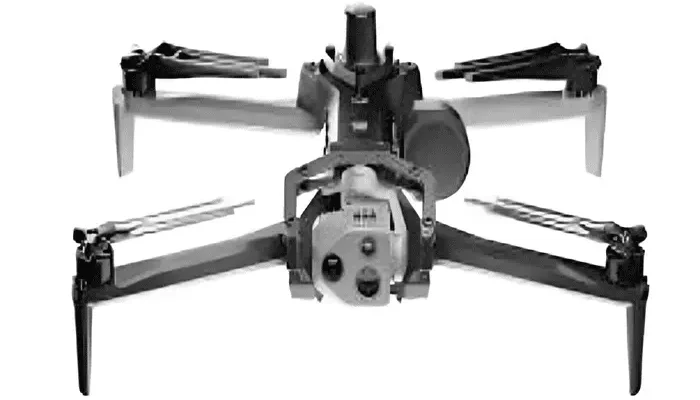


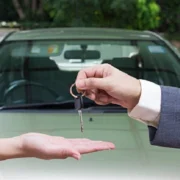
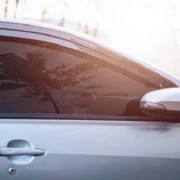

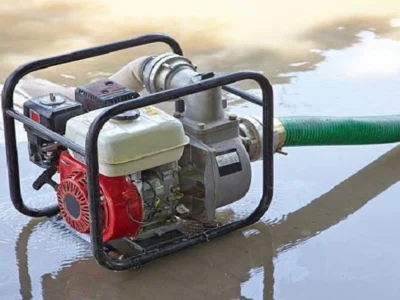
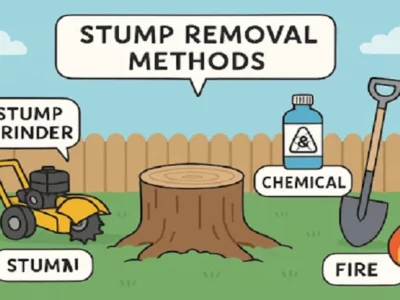

Comments